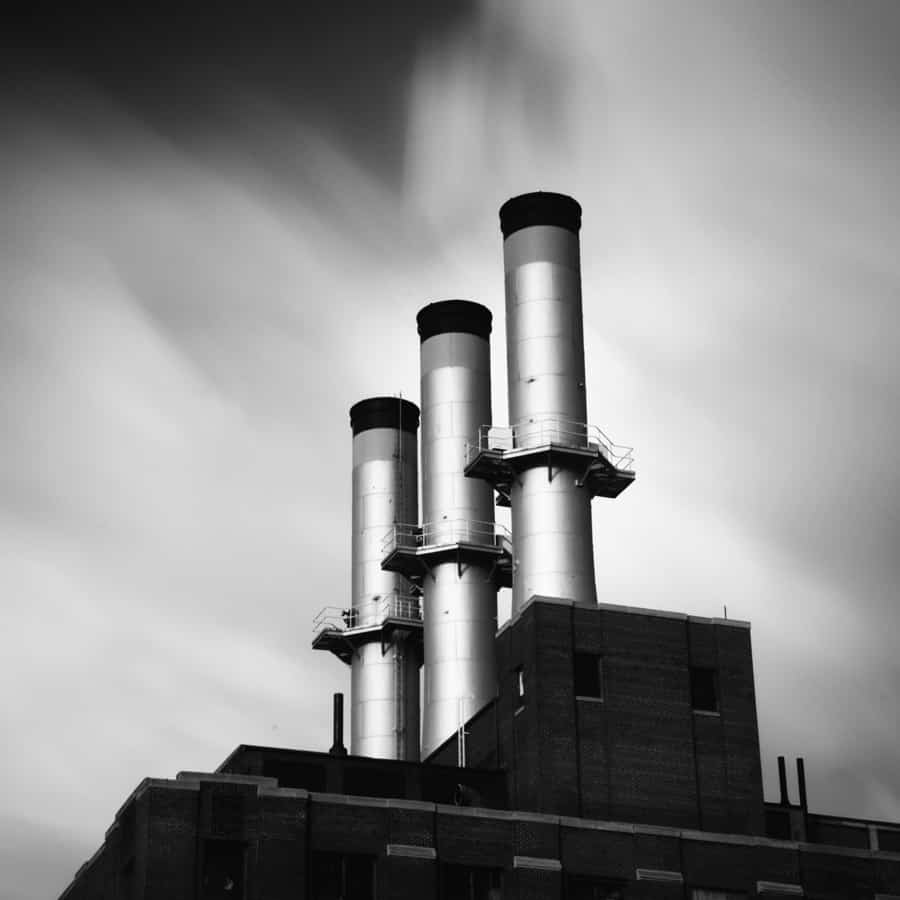Understand your heating system
Basic knowledge for smarter decisions
When an HVAC (heating, ventilating, air conditioning) system breaks down, most homeowners are at the mercy of the repair technician because they know nothing about the system. And that’s a shame, because the basics are easy to understand.
Most homes have “forced-air” systems; air is heated and distributed throughout the house. The main advantage of this approach is that the air can also be cooled or humidified. Hydronic systems (which heat water rather than air) can’t do that.
How it heats
The heart of any furnace is the heat exchanger, the steel box where gas or oil burns.
Outside the box, air from the return ducts is heated and flows throughout the house. When heat exchangers wear out, they crack, and dangerous fumes from the burning fuel seep into the air. (That’s one reason you must have a carbon monoxide detector in your home.) Heat exchangers are expensive. Replacing the whole furnace usually makes more sense than replacing the exchanger only.
How it cools
In summer, the heat exchanger is idle and air flows past it and up through the “coil” or cooling unit. The cold fins of the coil remove heat from the air. That heat is carried outdoors through tubing that contains refrigerant. The outdoor unit then removes heat from the refrigerant, which flows back to the indoor coil.
The duct system
The duct system has two parts that work together: supply ducts, which distribute heated or cooled air to rooms, and return ducts, which carry air back to the furnace. A blower fan keeps air flowing through the system.
The vent system
With traditional vent systems, exhaust gases are carried outside by gravity—warm gases rise up the chimney (as shown). But newer, higher-efficiency furnaces squeeze so much heat out of the burning fuels that the exhaust gases aren’t warm enough to rise. So those furnaces include a small fan to blow gases outside, often through a plastic pipe that exits through a wall. A second pipe carries outdoor air inside to supply combustion air.
Is your ductwork robbing you?
Leaky ductwork can waste 40 percent of your heating and cooling dollars. Ductwork without insulation can waste 30 percent. The solutions are to seal duct connections with aluminum tape and silicone caulk, and to insulate ducts in attics and crawl spaces. The work is simple and you can save money by doing it yourself. But working in attics and crawl spaces is just plain miserable. So before you go through that ordeal, hire an HVAC pro to inspect and test your ducts. If your home was built within the last 15 years, your ducts are probably well insulated and sealed.
